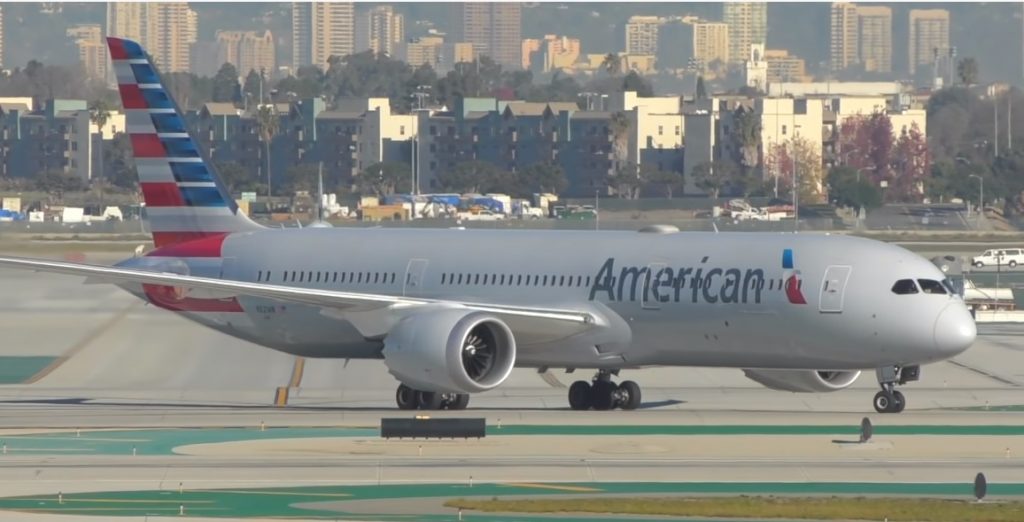Rolls Royce said that they were now in the process of swapping more than 30 engines on the Boeing 787s, following a brand new concern. This identified concern could see the aircraft to suffer a huge power surge. Should this occur, the surge would lead to an in-flight shutdown.

Rolls-Royce and Boeing 787 have been one of you could argue the worst pairing we’ve seen for some time. It’s been a combination that was destined to succeed originally, but has since its introduction seen customers constantly affected in the worst way possible, with mass groundings and hundreds of inspections that came one after the other.
Rolls-Royce has been front and center for the past few years with blade durability issues on their package B and package C engines on the 787 series. It’s all the likes of Norwegian Air Shuttle, Air New Zealand and also Virgin Atlantic to name a few, have to ground their jets and draft in replacements. Air New Zealand notably went out and got the HiFly Airbus A340 while Norwegian got in the Hifly Airbus A380, and operated it on a service from London Gatwick to New York for a short period of time, although that encountered its own issues that goes all the way back in 2018.

The issue with the potential power surge is being said to have impacted the 787-8 variant in particular, rather than all three or existing variants. Rolls-Royce has said that the issue can impact those Trent 1000s on the 787-8 which has already reached a high number of operating hours / flights.
So what engines can be paired and what engines can’t be paired? Rolls-Royce has said that if a Trent 1000 has over 24,000 hours flown, it cannot be paired with another Trent 1000 on the 787 with also 24,000 hours flown. It needs to be paired with an engine that has 17,000 hours or fewer flown. When comparing the cycles, that’s 8,000 cycles for the 24,000 hours and 5,500 cycles for the 17 hours.

The EASA or European Union Aviation Safety Agency were the ones who issued the specific air worthiness directive last Friday. Despite this new concern Rolls-Royce has been relatively confident for some time now, that the worst of the issues regarding the Trent 1000 were indeed behind them, and that they could look to the future with powering other aircraft that may come out.
With aircraft manufacturers constantly looking at new aircraft like Boeing and their NMA, which we all know has been sent back to the drawing board. Rolls-Royce has always been front and center for these discussions, eagerly wanting to power the next jet, the next hit in the aviation industry. The hope really was that these Trent issues wouldn’t drag on and prevent them from being selected for future projects.
While these blades durability problems and now de-pairing surge problems have been present for some time, Rolls Royce has said that they expected to cost them 550 million pounds for the year 2020. This money will help them deal with the issues that are still present. However, it is worth mentioning that while this is a calculated guesstimate, the numbers can eventually be higher than what was originally expected, given potentially new issues or maybe more money being required to fix an existing issue. We’ve seen it before on multiple occasions, whether it be with Airlines releasing their yearly numbers, or something else.
Nick Cunningham, an analyst at the agency partners in London commented on the rolls-royce Trent 1000 program, specifically focusing on this new surge issue. He said, “The Trent 1000 program has been like a whack-a-mole for Rolls Royce. They address one problem and another one crops up. The latest AD (Airworthiness Directive) from the EASA suggests that the risk for the Trent 1000 are more on the downside than on the upside. They may have to provision for the higher costs when they report earnings.”









